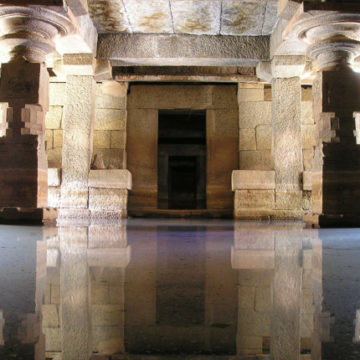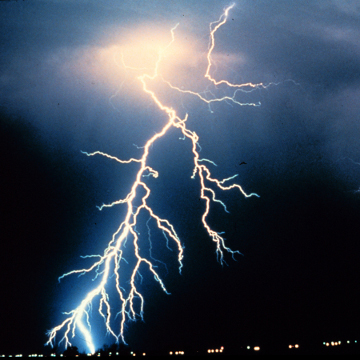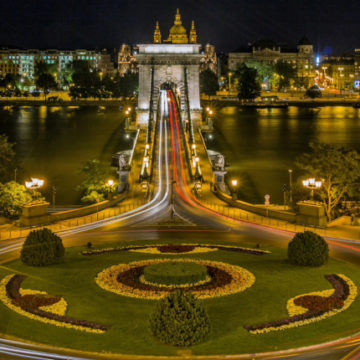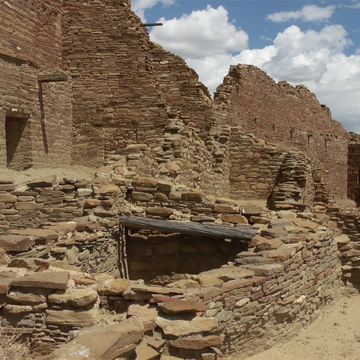Rousay, the Egypt of the North: the story from the sea
Rousay is the sixth largest island in Orkney at 11,937 acres. The centre is formed by high moorland, surrounded by a coastal fringe with one of the richest concentrations of archaeological sites in Orkney. The archaeology is a magnet for visitors, who explore the many chambered cairns. Some visitors climb down to the Neolithic cairn and Iron Age broch at Midhowe and return along the coastline, passing a significant number of actively eroding sites. Excavation of the eroding archaeology at two multi-period settlement sites, South Howe and Swandro, indicate the magnitude of the potential loss. The topography, availability of agricultural land and access to the sea made this a favoured location. The loss along this coastal stretch will be irreplaceable, with no equivalent sites surviving inland. The Swandro sequence includes a Neolithic chambered cairn and an Early Iron Age to Norse period estate associated with the Westness Pictish and Viking burials. The surviving archaeology, although eroding, is providing valuable data both on the settlement itself and on the process of erosion on this active boulder beach. Excavation of the wave-cut terraces of then settlement mound is challenging, the site being subject to both the water table and the regular incursions of high tides. Recording methods have been adapted and new technology such as laser scanning utilised. A central aspect of this long-term project is to work with the island community to communicate the findings, to enhance visitor experience and to raisen awareness of the potential loss.




